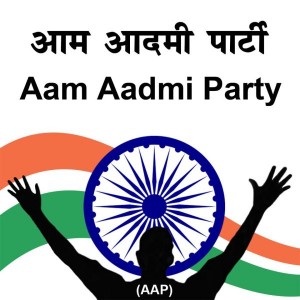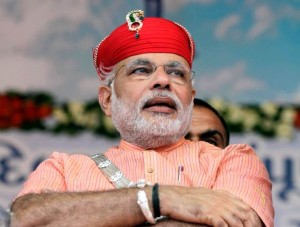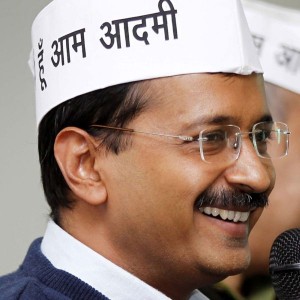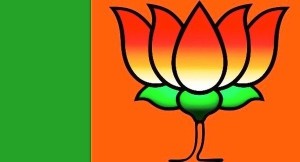It was just last month that the BJP celebrated its stunning victory in the elections in Rajasthan. The party considered this as a stepping-stone to their effort to reclaim power in the national elections that would be held in May.

However, just a few weeks later, a 14-month-old organization headed by a former tax inspector has managed to rattle BJP’s dreams by emerging as the controlling power in the country’s capital city, Delhi. Called the Aam Aadmi Party, the organization is winning new supporters every day and is well on its way to be the party that would break the age-old two-party system (either the Congress or the BJP) in the country.

The recent spate of corruption scandals and controversies has left the Congress wounded, with the party lagging in both elections and opinion polls. While the BJP is striving to take over, the AAP may prove to be a very tough competitor to beat. The uncertainty of the country’s political affairs has thus led to the Indian economy facing a disarray of sorts. Worries with regard to an unstable government causing a credit rating downgrade, economic slowdown and increased inflation rate are rampant among voters. This factor has also led to the fall of the Indian rupee by at least 13% against the dollar in 2013 alone.

BJP leader Narendra Modi has more to worry about in this regard. With the AAP emerging victorious in Delhi, investors favoring Modi have started to become apprehensive of investing further. Fears of unstable coalitions leading to repeated elections as in the case of 1990 are also forcing investors to move back.
The recently held elections at the capital city witnessed the BJP winning more seats, but just a few short of gaining total power. The AAP on the other hand, had enough seats to form a coalition with either one of both parties. The AAP chose the Congress party because the populist measures pushed by both parties were similar (for ex: cheap electricity and free water etc.).

A round figure of about 20 seats in states like Delhi, UP and Haryana could make the AAP deny the BJP the chance to come back to national power. In this regard, the AAP and BJP are in direct competition with each other, as both parties focus on middle class voters from urban areas. The election results clearly show that the AAP is sapping into the BJPs vote banks, drawing out more supporters from the latter’sbase. The AAP’s victory has also slowed down the Modi movement, making the BJP seem rudderless all of a sudden.

The BJP is aiming to work around the similarities of the Congress and AAP parties in order to position itself as the next big leader. However, there is no doubt that the party feels threatened by the AAP’s increasing vote base in spite of hinting that the party might fade soon.
The AAP has made plans to contest for nearly half the seats in the lower house of the Parliament in Northern India, struggling to start a nationwide campaign for the same purpose. All eyes are on the party and its attempts to end the country’s two-party system of politics. The focus would be on how the party manages to create momentum and sustain it enough in order to govern the country. If that were to happen, then voters across India would wait with bated breath to see if a day finally arrives where India is free of corruption and is led by people who are interested in working for its people rather than for themselves.



